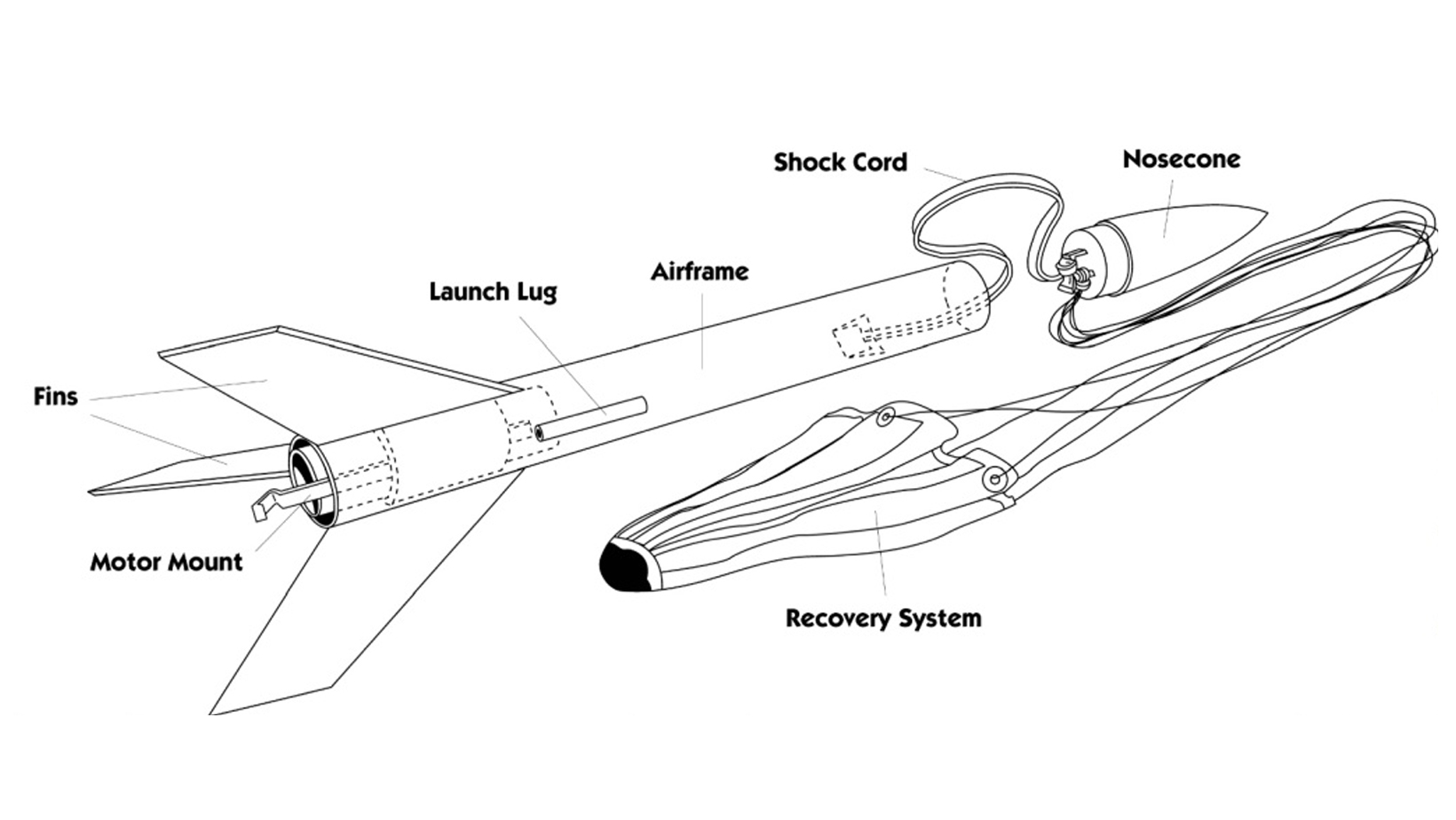Exploring Model Rocket Components

Welcome to the exciting world of model rockets! Have you ever wondered what makes these incredible flying machines tick? Well, you're in the right place! On this page, we'll take a fascinating journey through the various parts of a model rocket and learn how they work together to soar into the sky. Whether you're an elementary school rocketeer or a curious middle school student, get ready to uncover the secrets behind the magic of model rockets.
Airframe (Fuselage)
The rocket airframe, or fuselage, is the main structure of the model rocket. It's usually made of lightweight materials like plastic or cardboard. The body holds all the other components together.
Nose Cone
The nose cone is the pointed front of the rocket. It helps reduce air resistance, making the rocket fly higher and faster. It can have different shapes, but the most common is a sleek, pointed design.
Fins
Fins are attached to the bottom of the rocket. They help stabilize the rocket's flight by keeping it straight as it goes up. Most rockets have three or four fins, but the number can vary.
Engine (Motor)
The engine, or motor, is what makes the rocket go. It's like the rocket's "heart." When you ignite the engine, it produces thrust (push) that sends the rocket into the sky.
Parachute (Recovery System)
Many model rockets have a parachute that deploys at the highest point of the flight. It slows down the rocket's descent, allowing it to land gently and be reused for future launches.
